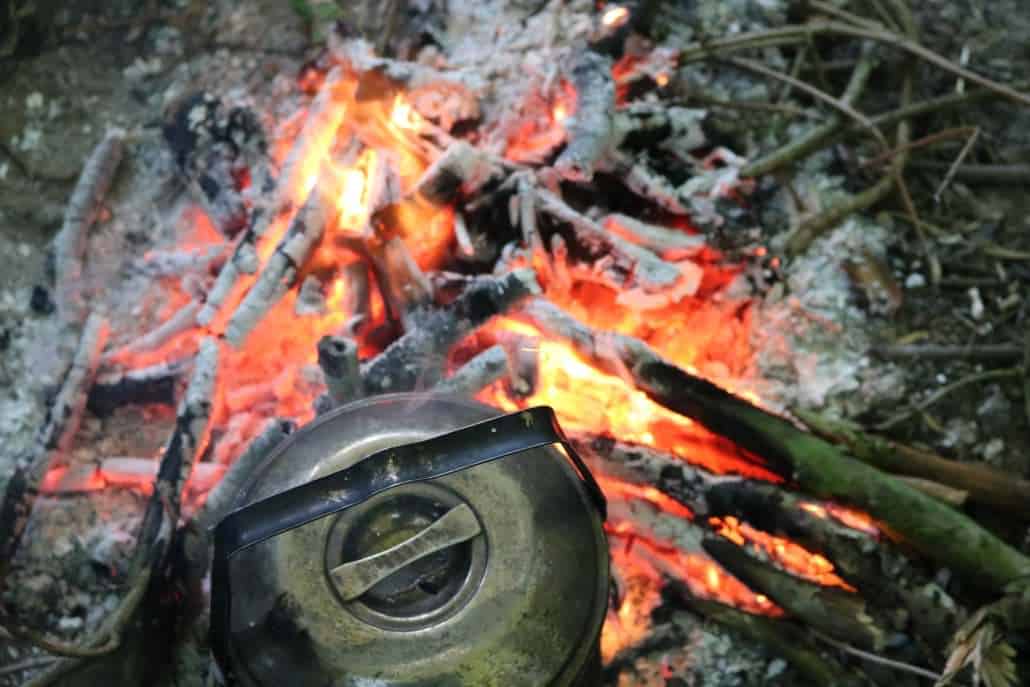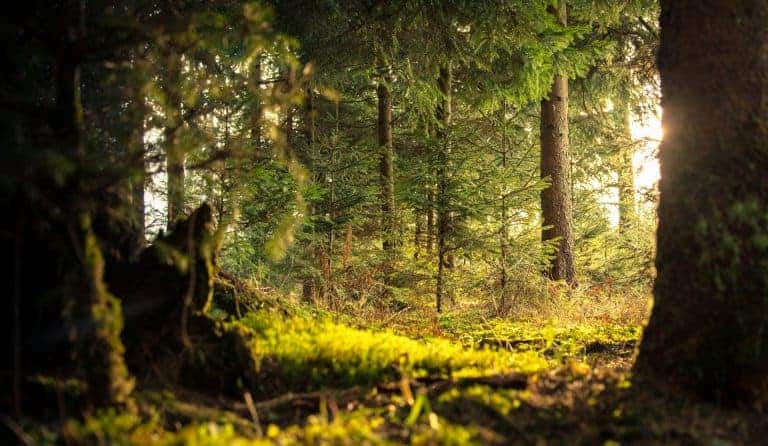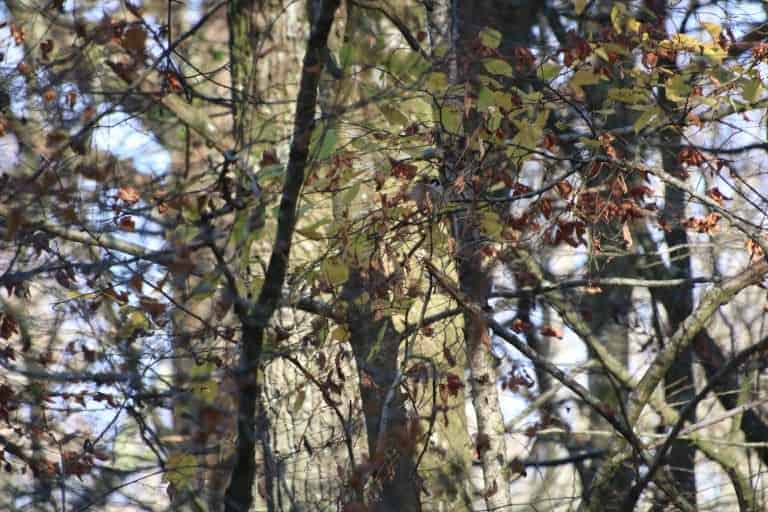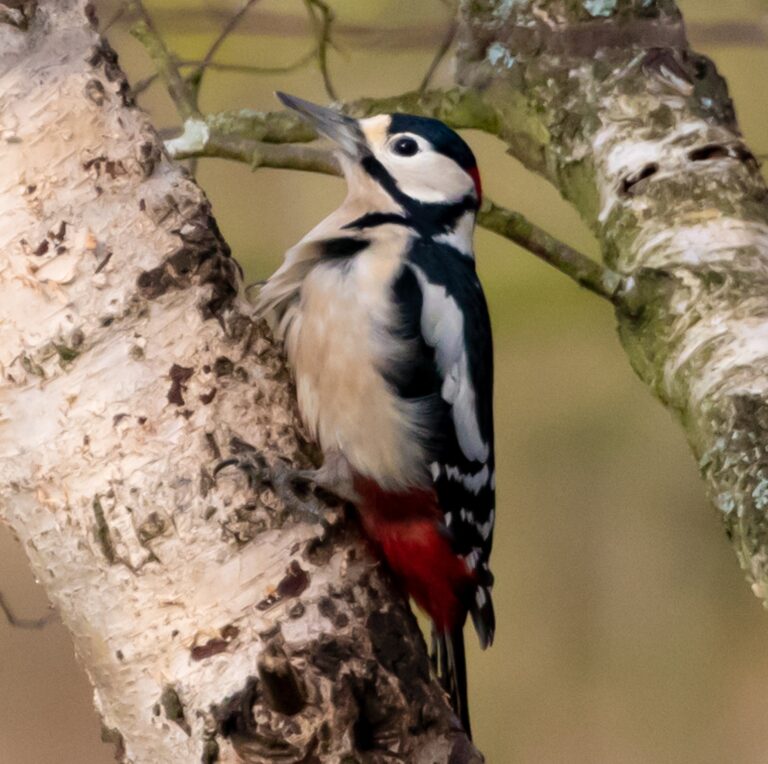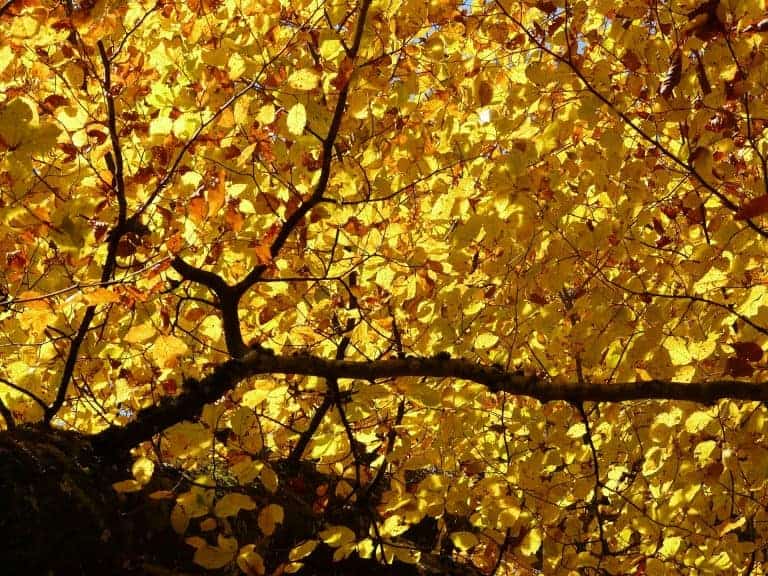Trapping and Snaring
Trapping and Snaring a Beginners Guide
This blog looks at trapping and snaring in the UK. However, before we get into it a word on the law and on ethics.
Trapping and snaring of animals is illegal in the UK without landowners permission and with a legal type snare. Not only is it illegal but it is unnecessarily cruel.
Bushcraft is not about harming nature, it is about being in harmony with nature. You should only ever attempt to trap or snare animals in a true survival situation. If you have any doubts about the legalities of what you’re doing then refer to the Wildlife and Countryside Act 1981, Animal Welfare Act 2006 and the Deer Act 1991.
With that out of the way, let’s take a look at the theory behind trapping and snaring animals in the UK. Remember, you’re welcome to read the whole blog or skip to the section that interests you the most.
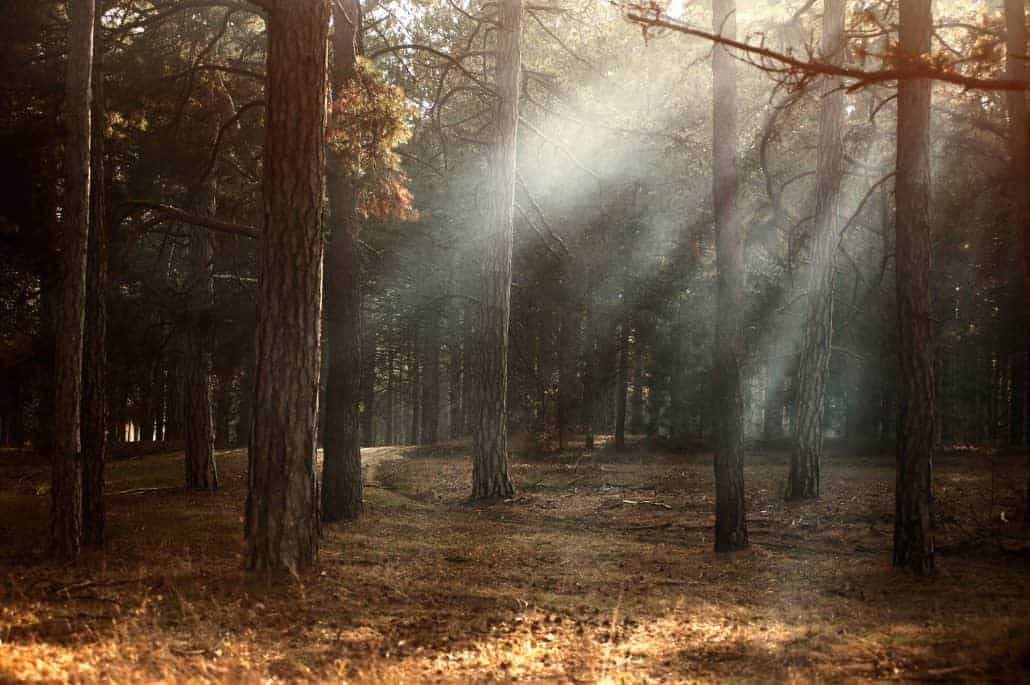
An overview of trapping
There are a wide variety of traps that you could, in a true survival situation, make. However, you don’t need to set a trap to kill, you can practice setting the following traps and triggering them with a stick or other means. Be sure though to dismantle the trap that you have set afterward and never leave it unattended.
Below is an overview of a small selection of bushcraft traps that you can make. Essentially though your type of trap will depend upon the materials that you have to hand, and the type of prey that you are hoping to catch.
Deadfalls
Deadfalls are traps which are designed to crush the prey. While they require very little cordage and can be used on barren grounds they need to be carefully constructed. If they are not carefully made then the traps will maim, not kill the animal that you are trying to catch. Typical deadfalls feature a heavy ‘deadweight’ and a trigger. The trigger should cause the deadweight to fall when dislodged.
Snares
Snares have been used all over the world almost since the dawn of man. They work by tightening a noose around the neck or legs of the animal that you are trying to catch. The simplest snare is the running noose. The running noose is secured by a post which is set at the head height of the animal that you are trying to catch. The noose should be wide enough to let the head of the animal to pass through but not the shoulders. The noose is set on a slip knot so that when the head and neck of the animal passes through the snare tightens and chokes the poor animal.
Spring-loaded snares
In our video below we demonstrate how to make a spring loaded snare that lets you capture the animal alive. Watch the video to learn more.
Spearing/Impaling traps
Traps that spear or impale the animal that you are hoping to catch are needlessly cruel. Not only are they cruel but they may also ruin the meat of the animal that you are trying to catch or alert nearby scavengers to the dying or dead animal. For these reasons, these types of traps are not covered in this section.
Where to set traps and snares
No matter how skilled you are at bushcraft and building traps you won’t catch anything unless you put your trap in the right place. The best place to set a trap is on what is known as a ‘run’. A run is a passage which is frequently used by animals, typically to get to a water or food source. In order to identify these runs look for flattened vegetation and animal tracks. If you would like to know more about tracking read our blog on animal tracking.
Setting your trap/snare on a run
Your trap should not be obvious, it should be well camouflaged to fit in with the surrounding vegetation. Place your trap towards the end of the run or just after open ground where your prey will be more concerned about escaping possible predators. Cover the side of the trap with twigs and bits of the local vegetation to prevent the animal that you’re hoping trap from running around the outside of the trap. Take care not to trample down any surrounding vegetation which could alert your prey to a change in the landscape.
Funnelling
Funnelling is the act of…funnelling your prey into a trap. When creating a funnel to guide your prey into a trap you need to be subtle about it.
REMEMBER, TRAPPING AND SNARING IS ILLEGAL IN THE UK. ONLY EVER USE TRAPS/SNARE IN A TRUE SURVIVAL SITUATION.
Further information
Our weekend bushcraft courses offer trapping and snare tuition as well as teaching how to light a fire, build a shelter, find water and other key bushcraft skills.
Join us for a weekend bushcraft course,
Click here for more information.
For more information about finding food in wild, read the following blog posts:
- Foraging in Scotland – add to your canoeing diet when on extended trips
- Finding and purifying water in the wild
- Seashore foraging


